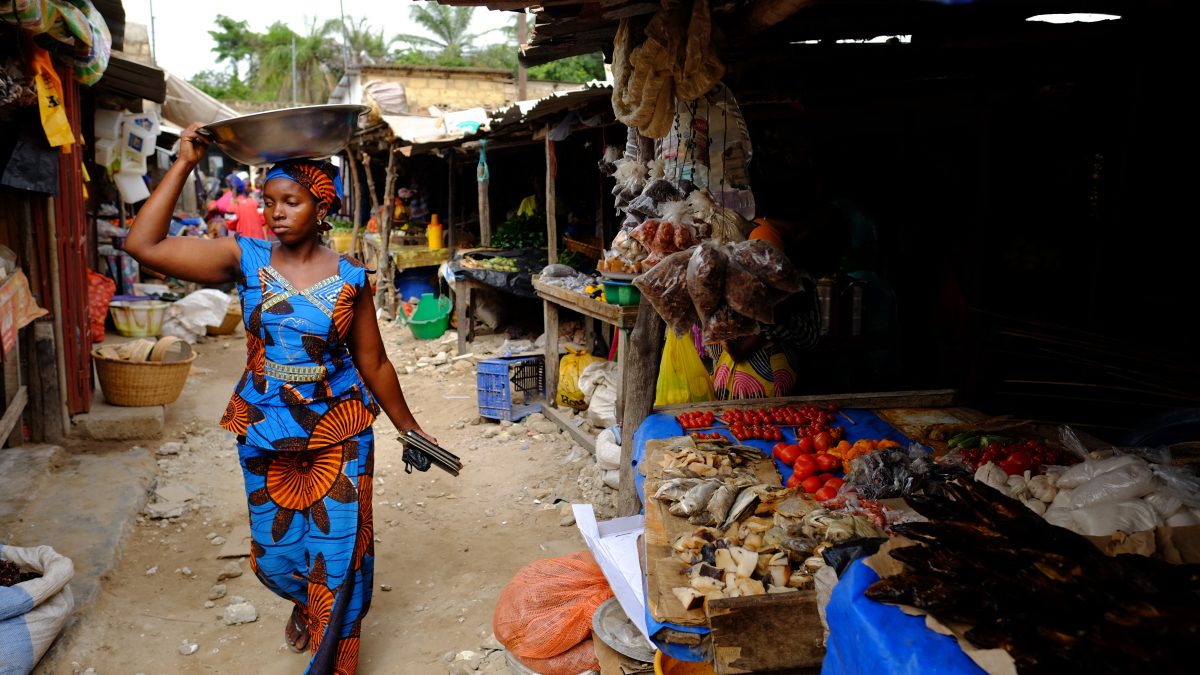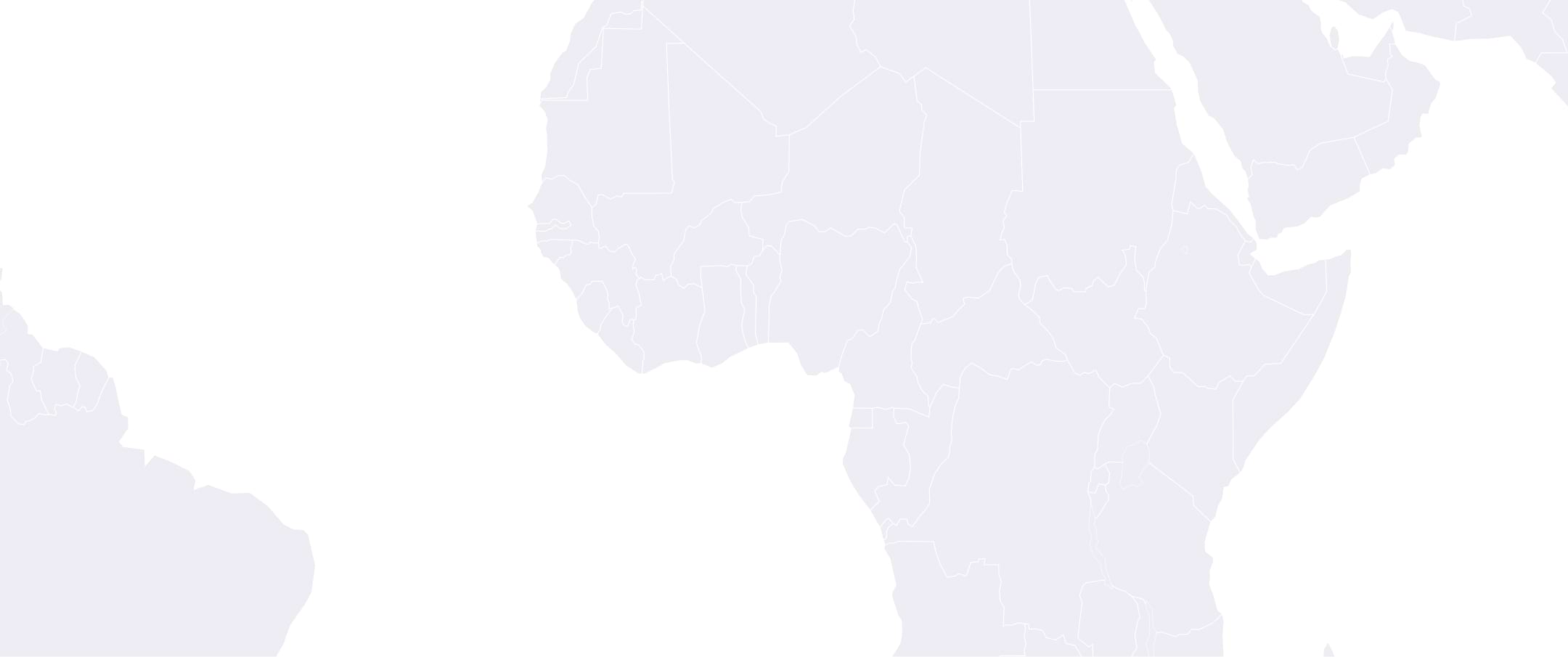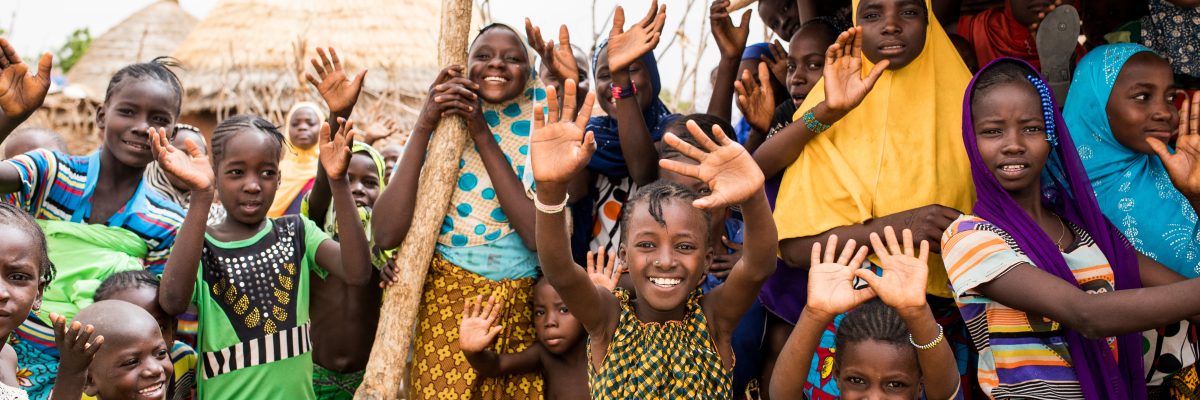Senegal

Senegal invited The Carter Center to help eliminate Guinea worm disease in 1992. By 1997, the country had detected its last indigenous case. Working together, Senegal and the Center successfully ended transmission within its borders, placing the nation at the forefront of the global movement to eradicate the disease.
Impact
- Efforts interrupted the transmission of Guinea worm disease In 1997
- Senegal officially certified guinea worm-free by the World Health Organization in 2004
- Trained village volunteers who were integrally involved in eradication efforts, helping to ensure the long-term sustainability of gains made

Discover Related Programs
Global Impact Starts with You
Your support sustains the Carter Center's mission of waging peace, fighting disease, and building hope around the world.
